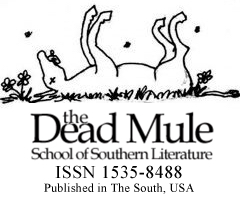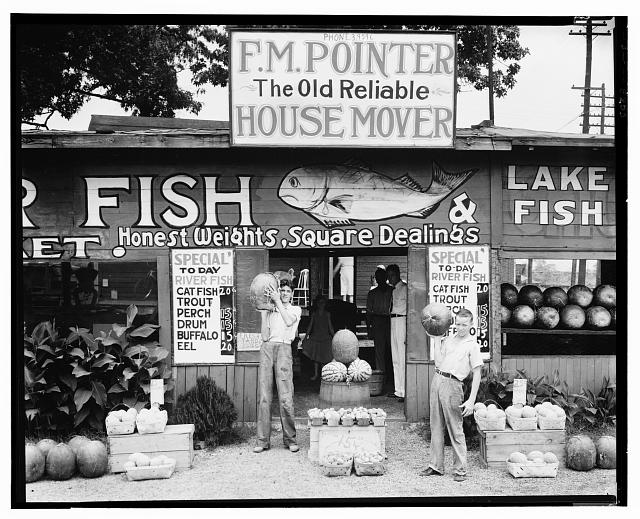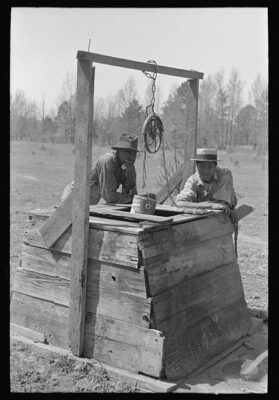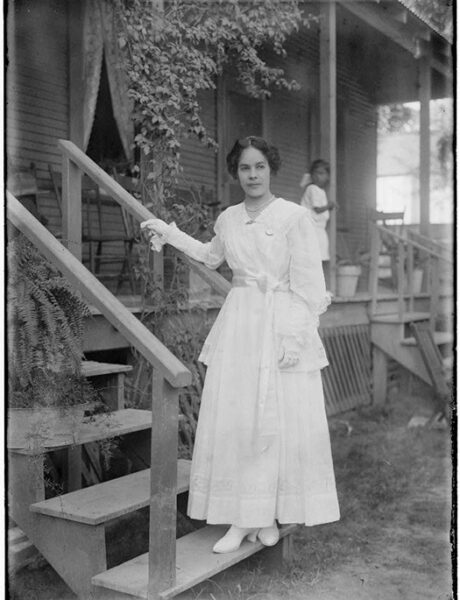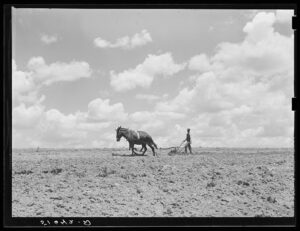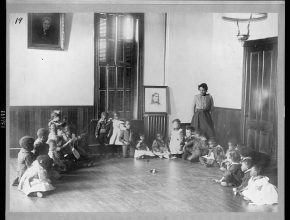I-65 exit 19: Satsuma, AL
I see we have a Pilot
truck stop,
a Chevron station,
a McDonald’s,
a Waffle House,
and a church.
I liked it better
when there
was nothing
but a bait shop
and a liquor store.
Is the bait shop
still here?
Can I still get
a pint
of Old Forrester,
some cokes,
some minnows,
and some gas
for my boat.
That’s all I want,
and all I need.
I liked Satsuma
a lot better
before all this progress.
To Gunnison Creek, Thank You
Swimming in Gunnison Creek
in April, the water is cold like
ice just beginning to melt.
The surface of the water
is covered in the places
where it’s still, with yellow
dust, the pollen from the flora
along the creek shores.
Pinks, lavendars, whites,
yellows, flowers in all shades
of pastel attract bees,
buzzing around pistols
and stamens, gathering pollen
on the trichobothria
on their black legs.
I would like to thank
the pollen gatherers
for keeping that yellow
dust from me. It causes
my immune system to produce
an overabundance of histamine,
clogging my nasal passages.
I’d like to thank the frigid
water of the creek for opening
That blockage, letting me breathe
free, and enjoy the season
if only for a few hours.
At night, I’ll be tossing
and turning again, gasping for air,
but for now, I’m free.
South Alabama Tomatoes in Late February
Tiny stalks poking their heads through the black soil
seeking the warmth and light of the sun.
In a plastic greenhouse perched on the windowsill
the plants begin their short lives.
In two weeks time they’ve gone from flat yellow seeds
a centimeter in diameter to these four inch stalks
with two maybe three fleshy green leaves.
Hard to believe looking at them that the fruit
they will produce in a couple months
sells for three even four dollars a pound
at the local grocery stores thanks to the extra cold
winter, but thankfully winter won’t last much longer
and these young stalks will find their four-months’
home in the soft soil of the garden where they can
soak up the spring sun’s rays feeling its warmth
and letting its light work with the chlorophyll
in their leaves to produce the food
on which they will thrive.
The season of death is almost done.
Life in the form of tomatoes will flourish again.
